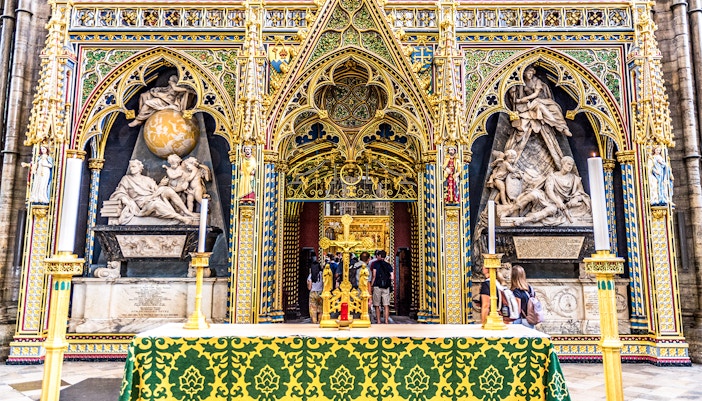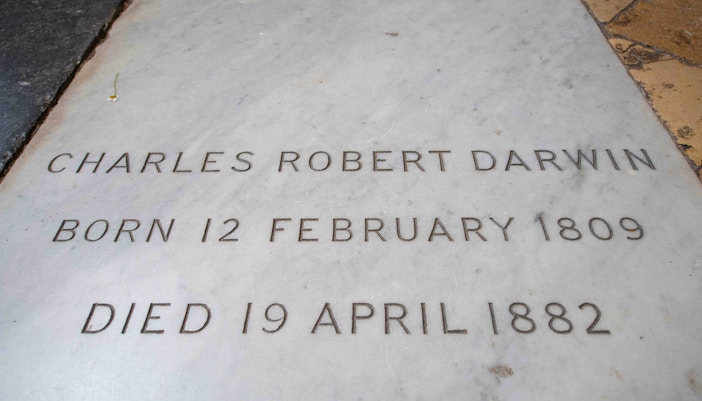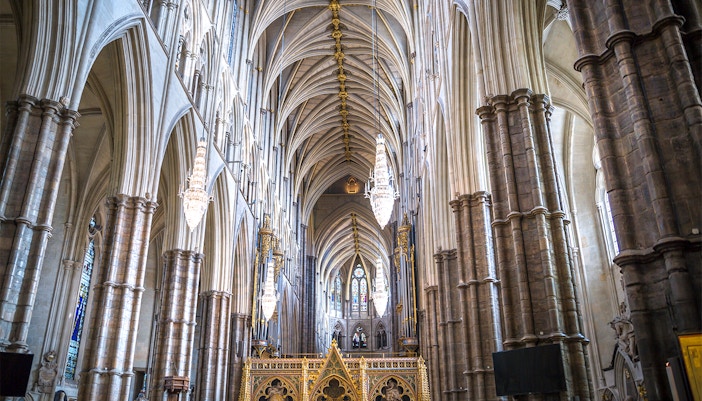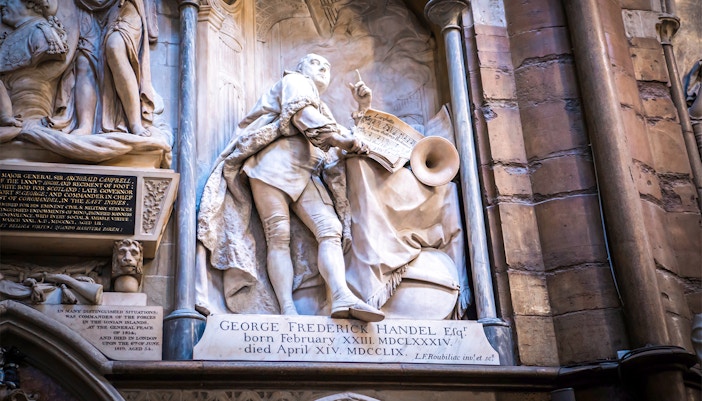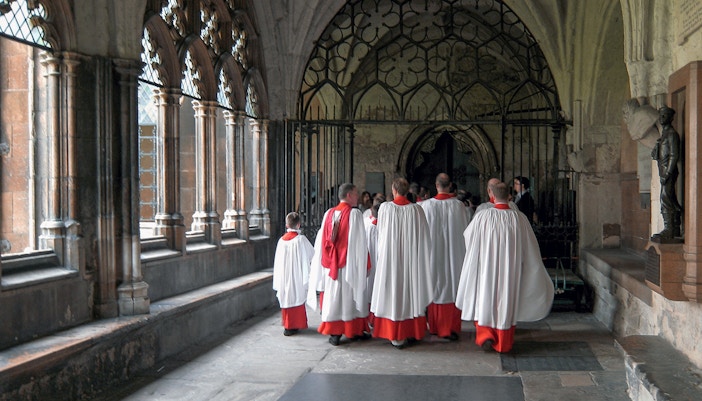Buried in 1727, Newton’s monument celebrates his groundbreaking work in mathematics, physics, and astronomy. His presence at Westminster highlights Britain’s recognition of science as a force shaping the modern world and human understanding of nature.

